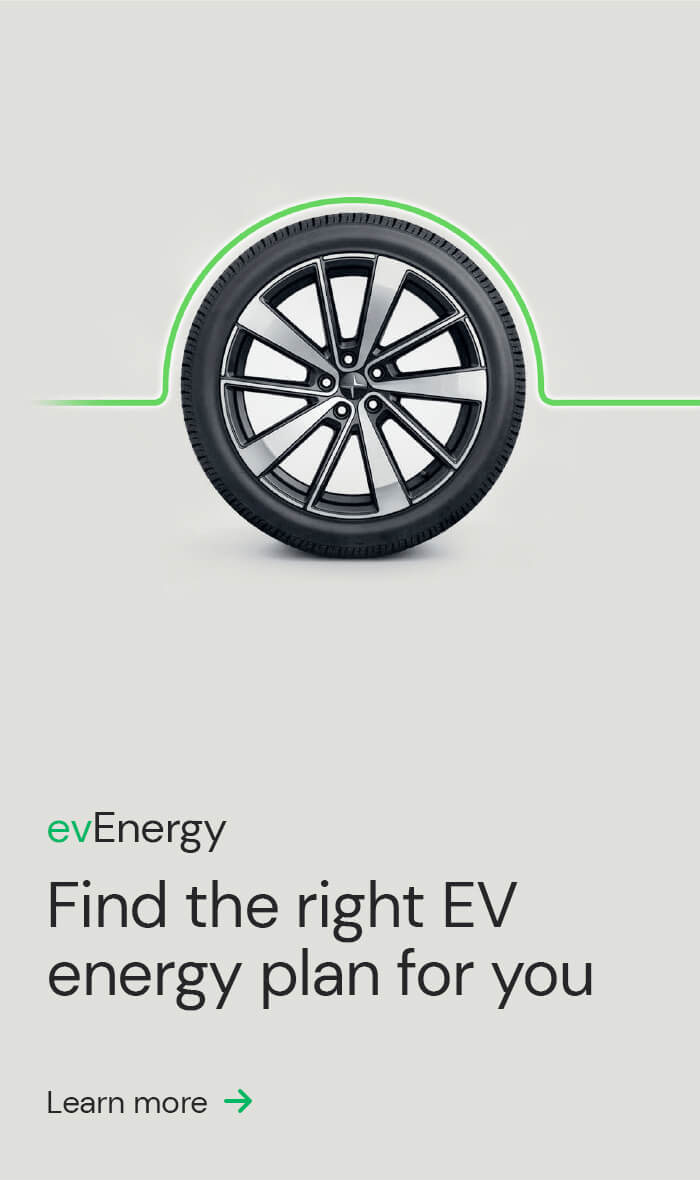BYD has made a huge splash in 2023 with its attainable EVs, the ATTO SUV and Dolphin hatch. Next to enter the stage is the Seal, a sporty saloon that has resemblances to the Tesla Model 3.
BYD is positioning itself as hot competition for the top-selling EV, yet coming in at over $10k less. How does the Seal stack up against its closest rival? Let’s find out if BYD can continue its accelerated momentum In the Aussie market with its newest model.
Overview
Variants:
Three variations of the BYD Seal are available: the standard-range Dynamic, extended-range Premium and all-wheel-drive Performance.
Range:
Between 460km and 570km WLTP, depending on variant.
Charging time and ports:
All Seal variants are served by a Type 2, 7kW AC charging port. The Dynamic has a 110kW DC Charging Port, and the Premium and Performance have 150kW DC Charging Ports.
Battery:
The Dynamic has a 61.44kWh battery, and the Premium and Performance have 82.56kWh batteries.
Power:
Between 150kW and 390kW depending on variant.
Acceleration:
From 0 to 100km/h in between 3.8s and 7.5s depending on variant.
Torque:
Between 310Nm of torque and 670Nm of torque, depending on variant.
Weight:
Between 1,922kg kerb weight and 2,185kg kerb weight depending on variant.
Dimensions:
All Seals: L 4800mm, W 1875mm and H 1460mm.
Drive Type:
Dynamic and Premium are rear-wheel drive, Performance is all-wheel drive.
Design & look
Like its aquatically named baby brother, the Dolphin, the Seal has also been designed using BYD’s ‘Ocean Aesthetic’ language, complete with undulating curves that evoke waves. The Seal holds its ground with a sleek coupe-like roofline that more than emphasises its sportiness. Colourways unsurprisingly follows a sea-inspired palate of Atlantis Grey, Shark Grey and Arctic Blue.
Each of the three variants comes with a vast silver-plated panoramic glass roof that floods in light wonderfully. In fact, very little of the exterior design changes between variants, and all benefit from electronic hidden door handles, privacy glass and electrically heated, adjustable mirrors.
Features and interior
BYD’s ingenious slimline ‘Blade’ Battery gives the Seal an advantage in maintaining a low, flat floor. That previously mentioned glass roof provides a couple of extra inches for rear passengers, so the overall feeling is spacious. Quilted seating provides a sculpted, sporty feel. Premium and Performance models are wrapped in genuine leather.
The Seal’s 15.6-inch intelligent touchscreen display has Bluetooth connectivity, DAB digital radio and voice assistant. It rotates too, so you can flip it landscape or portrait. BYD has included tech features including multiple driving modes and assistance features which can veer from helpful to intrusive.
Performance
The entry-level Seal Dynamic has a modest 460km WLTP range and hits 0-100km/h in a slightly sluggish 7.5 seconds. Opting for the Premium gives you an extra 110km range and slightly faster acceleration. The powerful Performance variant has a mighty 670Nm of torque to rival a supercar and gets you to 100km/h in under four seconds – five milliseconds faster than the Model 3 AWD you may like to know.
To drive, the Seal handles well and is super-responsive, especially in its sports mode, which is largely due to its Frequency Selective Damping, which helps the Seal hug corners and swerve with ease while still providing a comfortable ride.
Charging is relatively quick for all variants, with 7kW Type 2 ports for home use. Public charging is quicker for Premium and Performance models, with a faster 150kW DC charging speed. One bonus is that variants have V2L capabilities, so you can use the car as your own power source as well.
Safety and warranty
Awarded a five-star ANCAP rating, the BYD Seal is a remarkably safe EV. It did particularly well for the protection of the driver and child passengers in the side impact test, and the driver in the oblique pole test, scoring full points. The Seal is the first car to implement BYD’s Cell-to-Body tech, which integrates its battery entirely into the car structure for extra safety.
A full suite of driver-assist features come as standard, including Lane Departure Warning, Lane Departure Prevention, Emergency Lane Keeping Assist, Intelligent Cruise Control, Predictive Collision Warning and many, many more. There are nine airbags, ISOFIX child seat points and a special Intelligence Torque Adaption Control, which helps distribute weight and power dynamically.
All BYD Seal variants come with an eight-year/160,000km battery warranty and a six-year 150,000km vehicle warranty.
Summary
BYD is unapologetic in its attempts to rival the Model 3. In this instance, this vastly cheaper Chinese imitation is certainly no poor knock-off. The Seal’s interior is refined and its Performance model delivers epic power and – like its name – performance. The fact that BYD has recently dropped the price of the Performance so it qualifies for additional electric vehicle incentives shows it’s serious about wooing Aussie buyers away from Tesla.
The Seal is a robustly made, smart to look at electric car at an exceptional price. While it doesn’t reinvent the EV wheel or offer anything radically new, it is reliably good, with safety tech that can be a little intrusive and overwhelming at times.
Help make ACT and its surroundings cleaner and greener by finding, financing and charging your electric vehicles with ActewAGL. ActewAGL is helping you find an EV sooner, reduce the cost of ownership, and stay fully charged while saving 50% of your personal CO2 each year. This will help us all live a good life, now and into the future. Find out more here.



